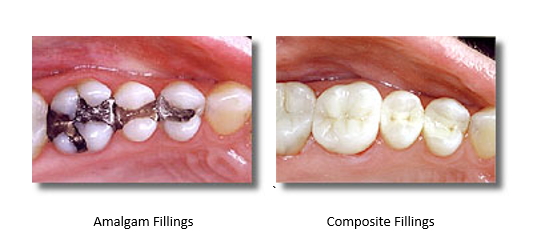While trying to deal with a cavity, some pulp was exposed. We decided to do a pulp cap to try and avoid a root canal treatment. The cavity wasn’t completely removed. The area of exposure was lined with calcium hydroxide then a glass ionomer was placed on top of the cavity. Then, they placed an amalgam filling. Here are my questions:
1. Is there a way to know that the procedure is successful and I don’t need a root canal treatment?
2. Are there symptoms I should look out for if not?
Thank you for your help.
Miranda
Dear Miranda,
Usually, if a pulp cap was going to fail, you would know it right away. However, the way yours was done, leaves me with some concerns. I’ll start by describing the right way to do it. When done correctly, they have a high probability of success. You’ll notice the differences.
The Correct Pulp Cap Procedure
The first step is to make certain that all the decay is completely removed. Decay contains massive bacteria. Tooth infections occur when that bacteria gets into the pulp of the tooth. If this decay continues to grow, it will infect the pulp. This is especially true when the filling is an amalgam filling.
Second, while most of the materials used were good, such as the calcium hydroxide and the glass ionomer, the amalgam filling was a bad idea. The ideal filling would have been to use composite filling material. This is because composite fillings, which are bonded directly to the tooth, actually seal the area. This prevents micronutrients and bacteria from getting in and around the tooth. That helps to prevent further decay and infection. Amalgam fillings leave the tooth vulnerable.
My advice would be, unless there are signs of infection (such as pain and/or fever), to give it a year and then have your dentist do an x-ray to see if the tooth is healty. If it is not, then you should go ahead and get the root canal treatment. When you do, you can either replace the filling or get a dental crown. If you do replace the dental filling, make sure you replace it with a composite filling this time.
Safely Removing Amalgam Fillings
It is important when you have amalgam fillings that you remove them safely. The main ingredient in amalgam fillings is actually mercury, a known toxin. Removing them incorrectly can actually expose you to more mercury than is safe for you. There is a sanitary amalgam removal. Not all dentists know how to do it. If you want it done correctly, you either need to visit a mercury-free dentist or a holistic dentist.
This blog is brought to you by Lexington, KY Dentist Dr. John Weaver.


